“There are no earlids.”, when I first read this I was like “eww, gross” but then I was like “ohh, that’s actually quite interesting”.
Having no earlids, means that us humans and most species of animals (except crocodiles, meerkats, platypus and some other exceptions) are continually absorbing sound from our environments. Even though we might not be aware of all the sounds within our environment (due to an elaborate filtering process) we still do process all of it. It’s a bit of a shame that we don’t get the RAW audio files, but I guess the JPEG’s are more conservative, in regards to the required attention, perception and memory it would take to process that much RAW information.
Our brains aren’t just conservative in the way they choose to filter information, but they also conservative in the way that they perceive and attend to information, this can be highlighted in the difference between hearing vs. listening. Hearing is the automatic process of perceiving sound whereas listening is the active process of attending to the sounds that we hear.
Deep listening is the act of taking listening one step further, it is the process of being fully present to what we are hearing. It requires the listener to avoid assumptions, judgements, manipulations and controlling the minds perspective of the information being attended to. Deep listening allows us to witness our thoughts and emotions as they arise, to acknowledge them, to understand them, then allow them to pass, in order to understand our minds from an objective viewpoint. By doing this we can rethink our relationships with ourselves, our friends and our community as well as relationships to power, authority and vanity, rethinking the significance, nature and meaning of our social and relational experiences.
So even though we can’t shut off what we are listening to, via some advance earlid, we can shut off the chatter within our minds that alters our perceptions and understanding of the sounds around us. Thus providing a purer experience of sound and of the world around us, without all the bull.
*Note: I am aware that earlid is not actually word, ‘folds of skin covering the ears’ is a much more apt description, but earlids sound gross and weird, so I’m gonna stick with earlid.
Catch you later, Louise Alice Wilson









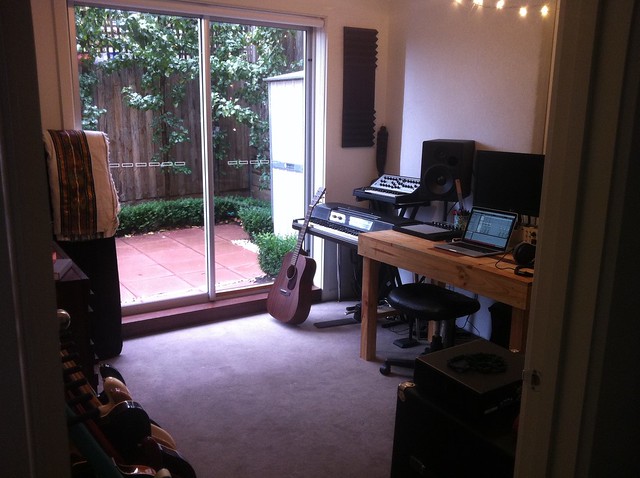
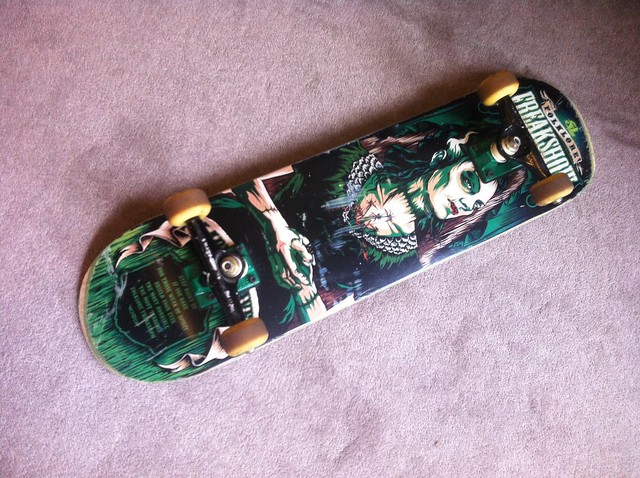
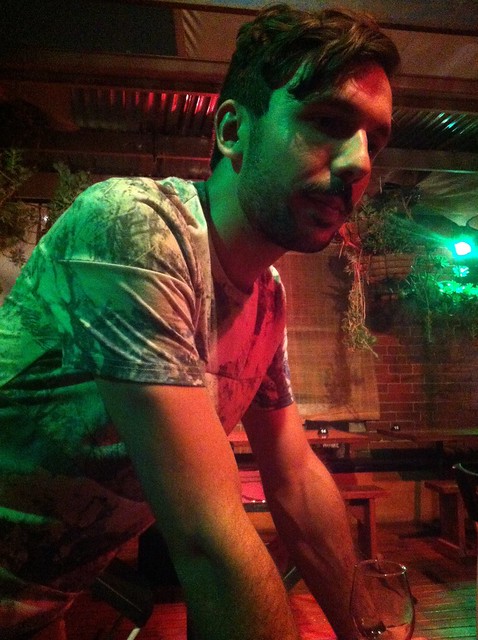
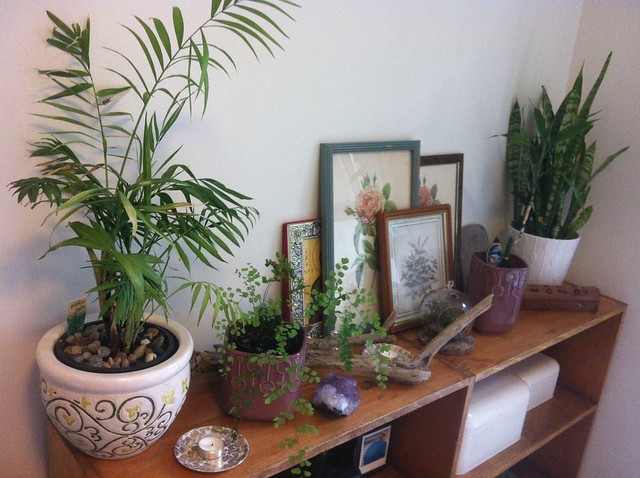
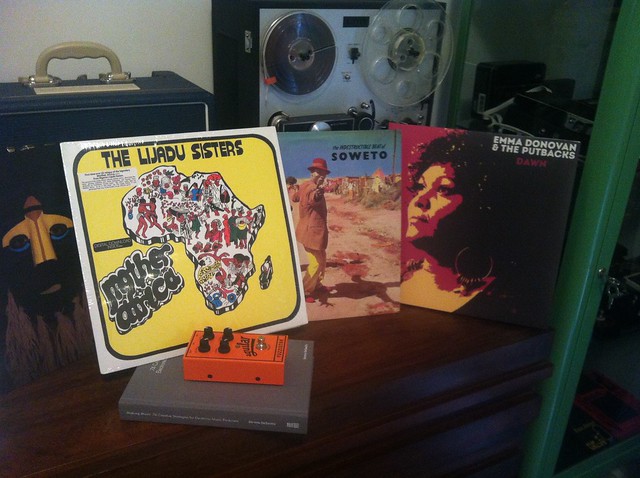
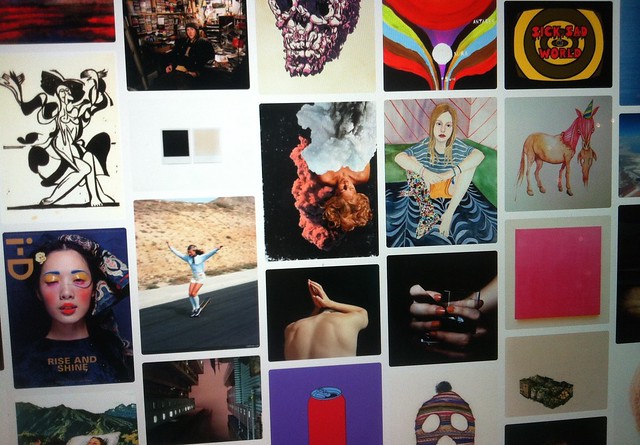
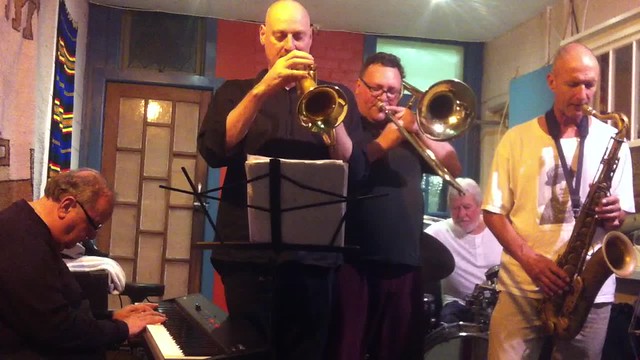
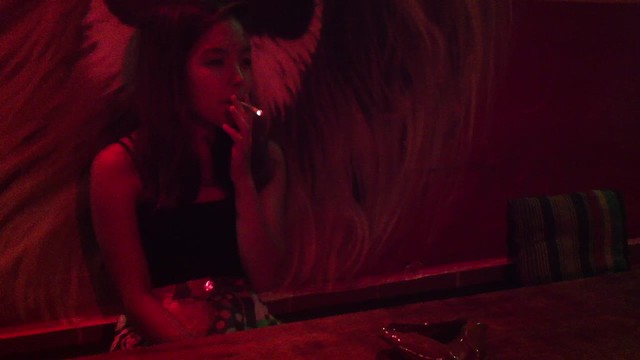
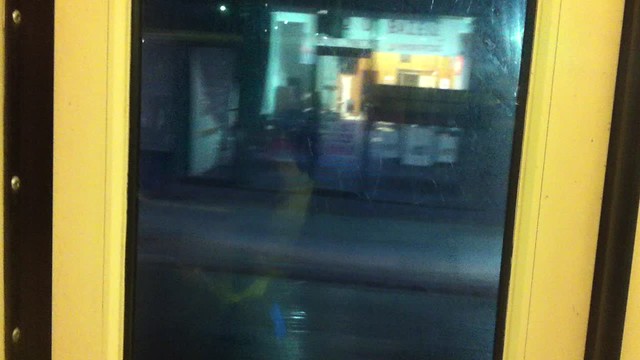

Recent Comments